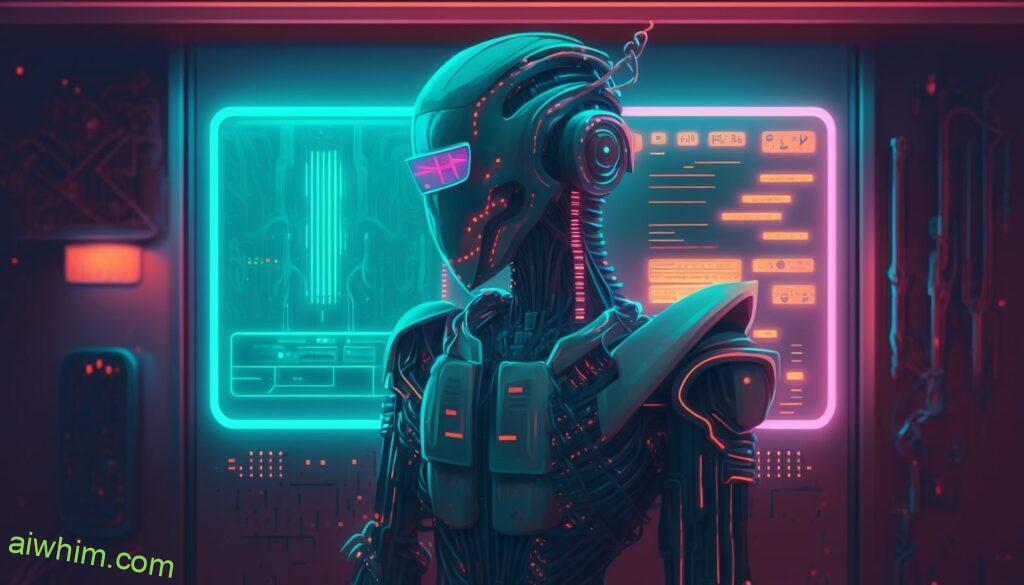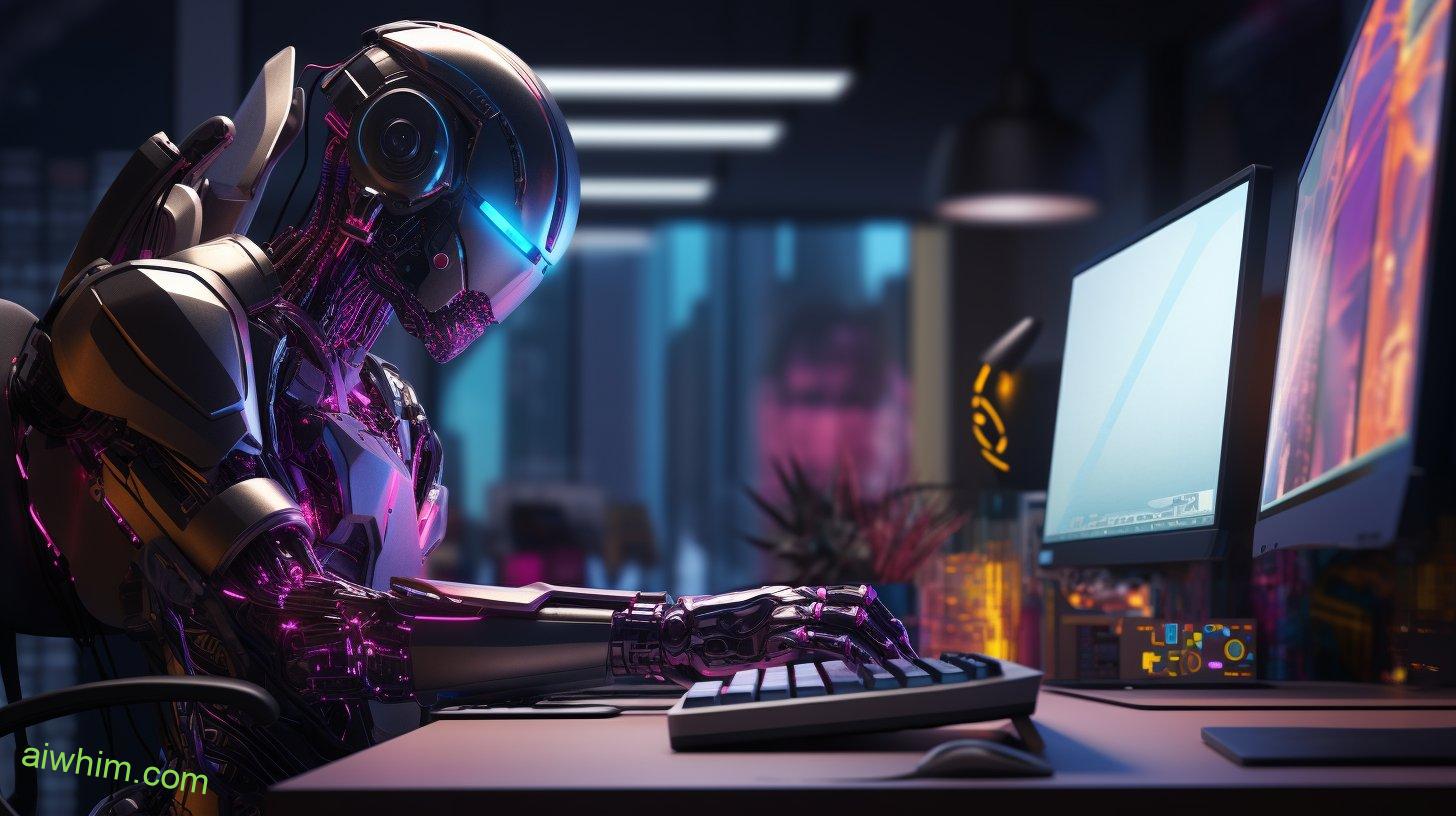Are you sure you’re talking to a real person? Chatbots are becoming more and more advanced, making it hard for us to tell the difference between them and humans. It’s no wonder why so many of us find ourselves wondering if we’re actually speaking to a machine instead of an actual individual.
But it’s time to take control of your conversations and discover how to recognize when you’re talking to a chatbot rather than another human being! This article will provide 14 ways that can help you differentiate between a robot and an actual living person on the other end of the line.
But first, let’s just understand what chatbots actually are: Chatbots are computer programs designed to simulate human conversations. Chatbots can be found in various online platforms, such as websites and messaging apps. This technology is becoming increasingly sophisticated and lifelike, making it difficult for users to differentiate between a chatbot and an actual person.
In essence, the key difference lies in the conversation itself – humans tend to have more organic dialogue that includes subtle nuances, whereas a chatbot will generally stick to a programmed script. If you find yourself interacting with something too rigid or repetitive, chances are you’re talking to a robot instead of a real-life friend!
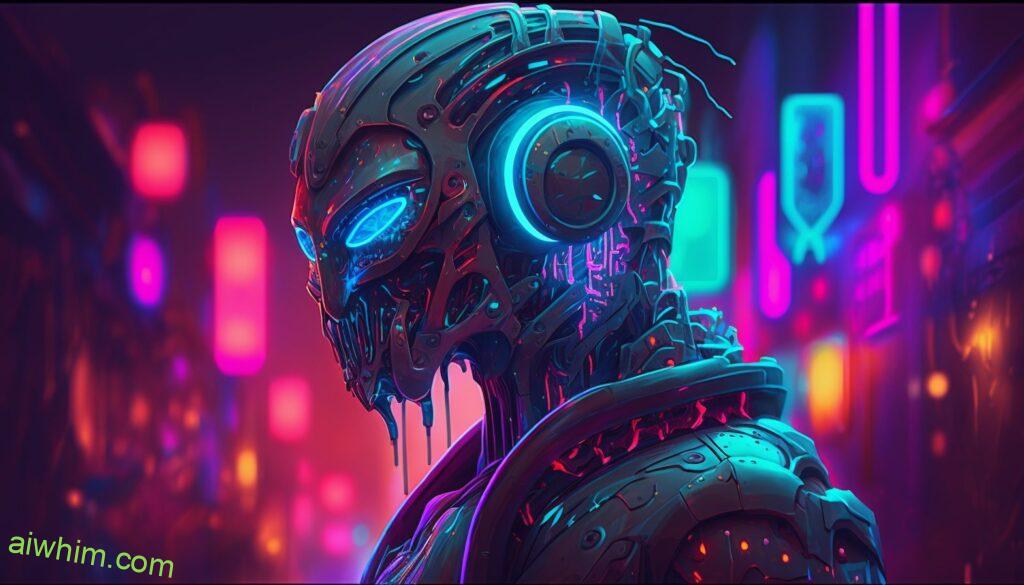
14 ways to detect that you are talking to a Chabot instead of a Human:
1. Unnatural Speech Patterns
Transitioning from the definition of a chatbot, let’s move on to identifying unnatural speech patterns that can help differentiate between a human and a chatbot. One telltale sign is if the conversation partner responds too quickly or doesn’t respond with enough detail – both traits which can be indicative of an AI-based program. Another way to discern whether you are talking to a machine rather than a person is by examining how cohesive the responses are; while humans tend to use more natural phrasing in their conversations, machines typically will give answers that sound robotic and lack organic flow. Additionally, many times there will be noticeable pauses when communicating with a computerized system as it takes time for the bot to process your query before providing its response.
Chatbots also often struggle with context switching within conversations, meaning they may not provide logically consistent responses or make connections between topics discussed earlier in the dialogue. This type of confusion cannot occur when interacting with another human being who has been properly following along throughout the conversation. Finally, some bots rely solely on preprogrammed scripts so even though they may appear engaged at first glance, these systems won’t always understand what you’re saying and thus offer non sequitur replies as well as repeat themselves regularly without any indication that they have comprehended your input.
By the way, you may also be interested in this post about how to make money through chatbots.
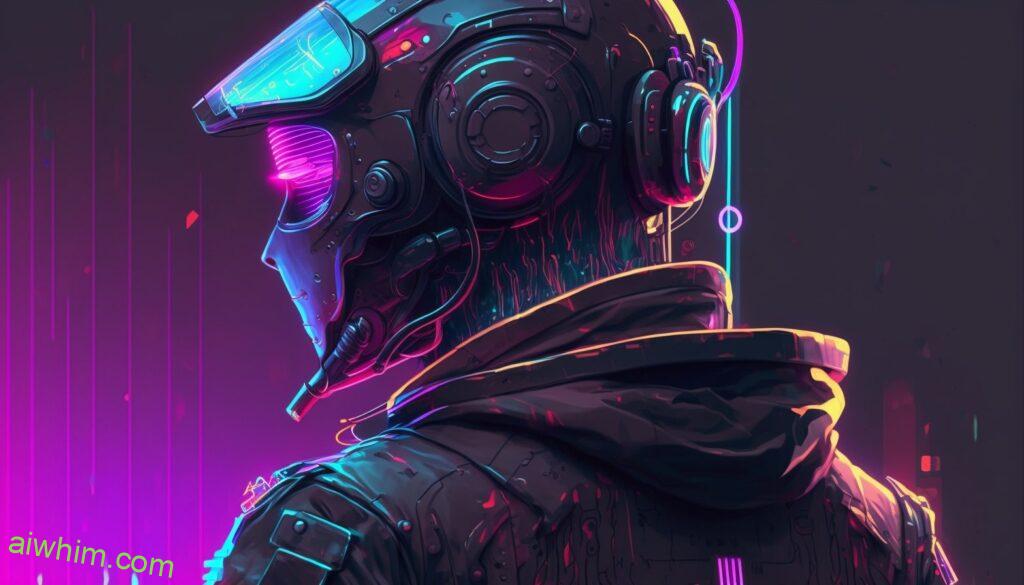
2. Non-Organic Responses
As it turns out, 95% of conversations with chatbots can be identified by how they respond. When you’re talking to a machine rather than a human, the conversation tends to feel stilted and robotic— lacking in emotion or nuance. Non-organic responses from AI may include: repetitive answers that don’t quite fit your question; long pauses before responding; using phrases like “I’m sorry I didn’t understand” instead of rephrasing questions for clarity; overly technical language; and giving generic answers without addressing the specific details of your inquiry.
If you find yourself dealing with any of these issues, then there’s a good chance you’re speaking with a chatbot instead of an actual person. To help get past this barrier, try asking more open-ended questions or providing additional detail about what you need assistance with. This will give the chatbot (or real person) enough information to provide better responses and move forward with the conversation.
3. Limited Knowledge Base
Chatbots are usually limited in the scope of their knowledge base. They don’t have as deep an understanding of language, context, or complicated topics like a human would. If you ask a chatbot a question that it hasn’t been programmed to answer, chances are it won’t be able to respond accurately. It may give you an automated response that isn’t tailored to your specific query. You might also find yourself repeating questions because the bot didn’t understand what you said the first time around. This can quickly become frustrating and lead to feeling unheard and helpless.
On the other hand, chatting with someone who has experience and expertise on the subject matter can help provide clarity and assurance when faced with difficult decisions or problems. Human conversation is more likely to offer accurate advice than any AI-driven algorithm could ever achieve because humans are capable of making judgement calls based on nuanced situations that machines aren’t yet equipped for.

4. Lack Of Emotional Response
One way to tell if you are talking to a chatbot instead of a human is by looking for any kind of emotional response. If the response seems robotic, there’s a good chance it’s coming from an AI. Humans can express emotions and empathy in their conversations, while chatbots often struggle with this. Chatbots lack the ability to understand subtle nuances that come up in conversation, so they may not be able to pick up on jokes or other forms of communication requiring understanding beyond simple facts or figures.
A helpful hint when trying to determine if you’re speaking with someone real or fake: pay attention to how they respond. Do they answer your questions directly? Are they engaging in meaningful dialogue? Do they ask follow-up questions? A chatbot will likely have limited knowledge and won’t be able to engage in meaningful discussion. Instead, its responses will probably sound scripted and repetitive; more like quick answers than actual conversations.
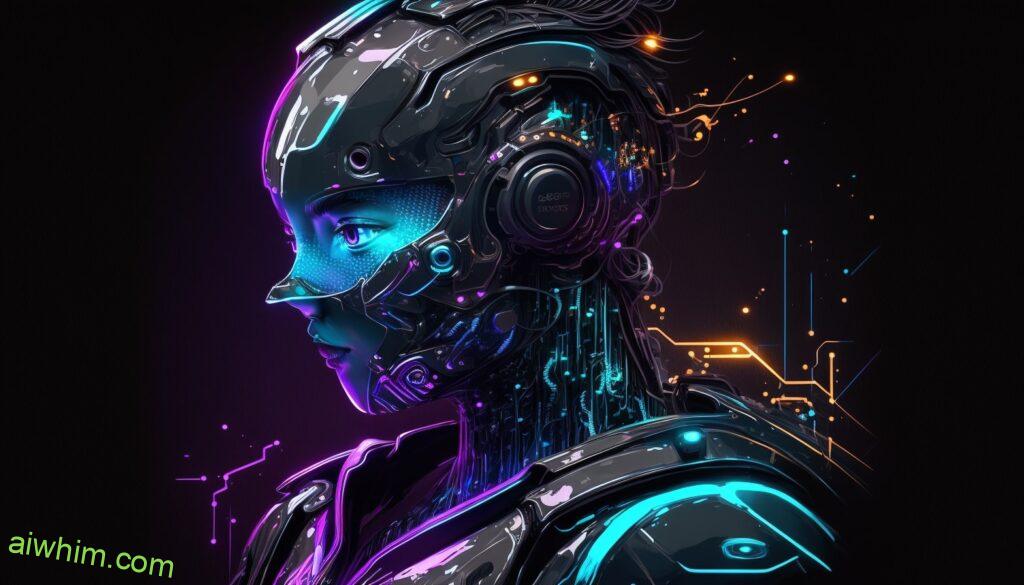
5. Short Response Times
When conversing with a human, the response time is often unpredictable. There may be pauses for thought or momentary distractions that can delay replies. On the other hand, when talking to a chatbot, there are rarely any delays in responses. The conversation moves quickly and efficiently as if on autopilot, providing instant answers without hesitation.
Chatbots also tend to have shorter responses than humans do. They provide concise information rather than long-winded explanations. This allows conversations to move at a much faster pace than they would otherwise, cutting out unnecessary details and getting straight to the point of what’s being discussed. Furthermore, it eliminates the need for users to try and decipher lengthy answers from a chatbot which can lead to confusion or frustration.

6. Repetitive Questions And Answers
Chatbots can be identified by their tendency to give the same response regardless of what you ask them. If you find yourself getting the exact same answer every time, no matter how much you change up your questions, then chances are you’re talking to a chatbot! Additionally, if they struggle to understand complex or nuanced inquiries then that’s another sign that you may have an AI companion on your hands. This is because conversation bots tend to only comprehend basic language and straightforward commands.
When it comes to conversing with a human, the conversations flow more naturally since humans can respond differently depending on context or situation. They also won’t get stuck trying to figure out complicated requests – something a chatbot would do without fail. Furthermore, humans will often go off topic from time to time in contrast with robotic dialogue which tends to stay focused solely on the task at hand. All these factors make it easy for someone who knows what they’re looking for to tell when they’re speaking with a machine versus a person.

7. Clichéd Language
You know you’re talking to a chatbot when the conversation is riddled with clichés. Those go-to phrases like, “It’s not rocket science” and “At the end of the day” become particularly obvious in robotic responses. Chatbots lack the same creativity we expect from humans, so conversations can be quickly recognized as being artificial due to their frequent use of clichéd language.
The perfect example? A bot asking how your day was without any follow up or context – they just want that one line answer: great! It’s an overly simplistic response which doesn’t allow for further exploration into what made it great or what could have been improved upon. We all need more than that if our conversations are going to feel meaningful and insightful.
Chatbots will never be able to have those deeper discussions, though; they might understand certain key words but don’t possess true originality of thought. They offer limited answers while human interaction provides us with something much more valuable – understanding, empathy and connection.
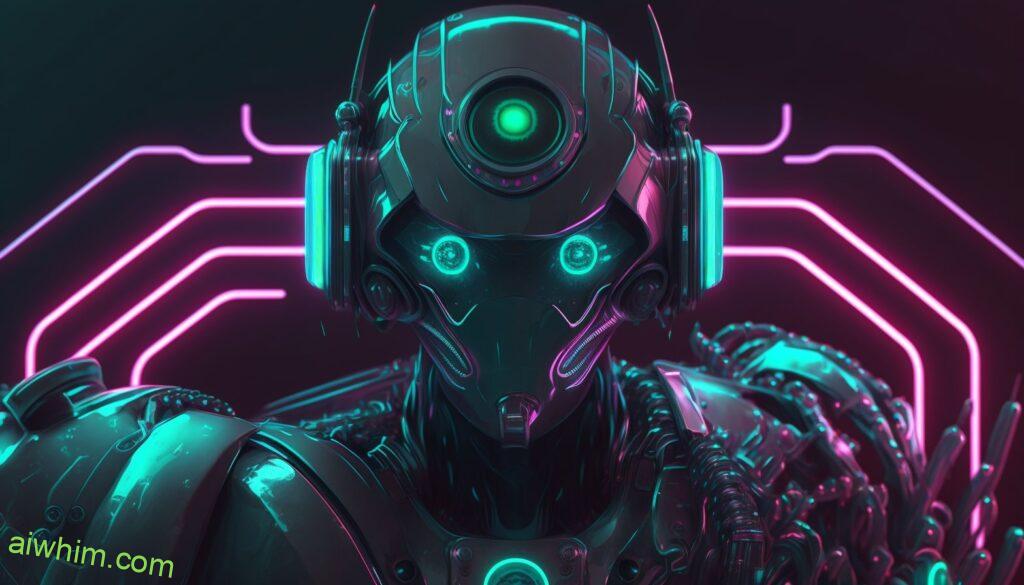
8. Exaggerated Politeness
When talking to a chatbot, one of the most obvious signs is an exaggerated politeness. Chatbots tend to be overly polite when responding and will often use phrases such as “please,” “thank you,” or “I apologize.” The responses they give can also sound robotic and unnatural compared to how a human would respond. They may also repeat questions or statements multiple times in order to make sure that their response was understood correctly.
Another sign of a chatbot is that it tends to provide canned answers for simple questions. For example, if asked a question like “What time does the store close?” the chatbot might provide a generic answer about the store’s hours instead of giving specific information about closing time. This type of behavior shows that the bot isn’t able to understand more complex conversations and therefore is not able to provide meaningful answers.
Chatbots are useful but ultimately limited tools due to their programmed nature. While they do offer some convenience, having a conversation with them cannot replace real human interaction. Knowing how to differentiate between humans and bots can help prevent frustration while using these services.
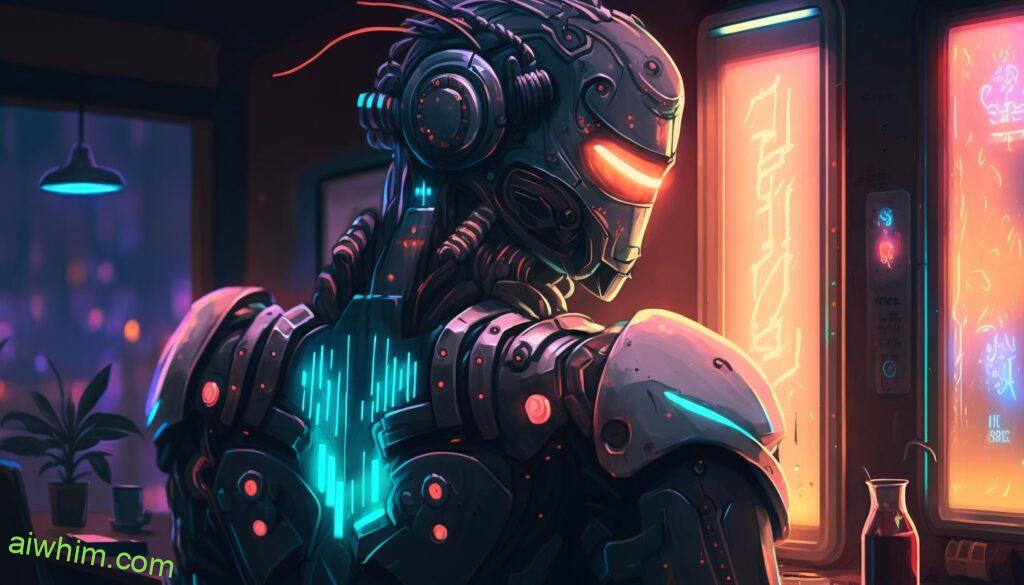
9. Poor Grammar And Syntax
The final giveaway that you’re speaking to a chatbot instead of a human is poor grammar and syntax. Chatbots are programmed with certain language patterns, but they don’t always recognize when it’s appropriate to use them in conversation. As such, their responses may be filled with incorrect grammar or syntax errors. For example, if the bot says something like “What your favorite color?” it’s likely not being spoken by a person who was taught proper English in school. Additionally, some bots may have difficulty understanding questions or commands given in long sentences; they might respond more accurately to shorter phrases. Furthermore, since many chatbots rely on keywords for their answers, they often fail to provide an answer that directly addresses the question asked of them. All these signs point towards talking to a chatbot rather than a human.
It can be difficult to distinguish between when you’re communicating with a human versus a machine – especially since technology keeps advancing every day! But paying attention to cues such as exaggerated politeness and poor grammar and syntax will help you determine whether you’re speaking with a robot or not.

10. Inability To Connect With The Context Of Conversation
One of the most obvious signs that you’re talking to a chatbot instead of a human is its inability to connect with the context of conversation. A chatbot will often respond in ways that are unrelated or irrelevant to what was just said, leaving you feeling frustrated and confused. For example, if you mention your favorite movie from last year, it might ask about something completely different like whether or not you’ve ever been on vacation.
It can also be difficult for chatbots to keep up with more complex conversations that require following multiple threads at once. If one person asks a question and another responds without providing enough context, the AI may struggle to understand how they relate to each other and give an answer based on its own programming rather than contextual understanding. This type of disconnect can make conversations feel disjointed and robotic.
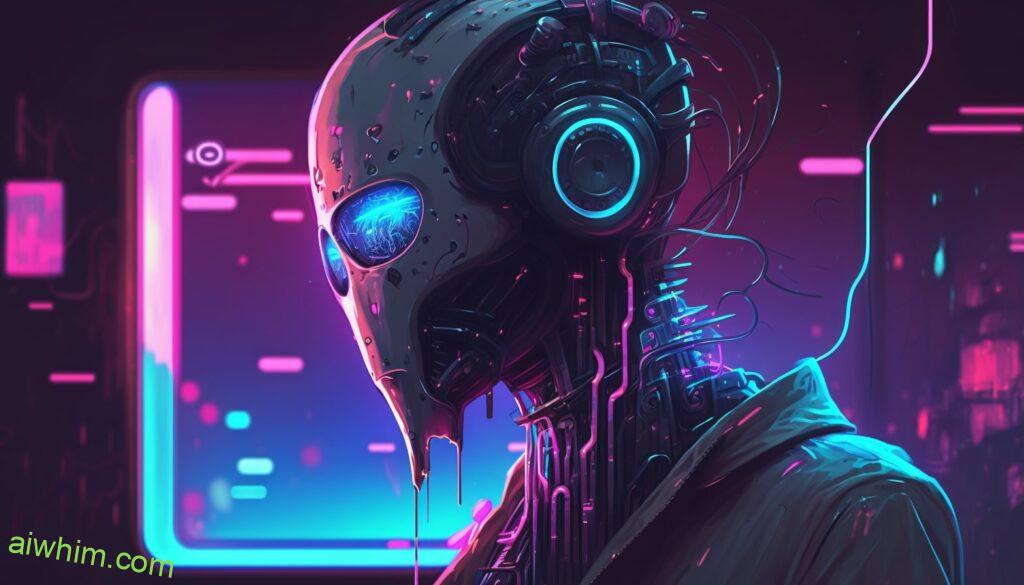
11. Inability To Handle Multiple Topics Simultaneously
When talking to an AI chatbot, you’ll often find that it’s unable to handle multiple topics at once. If you try and move between topics quickly or ask a question that requires the bot to remember something from earlier in the conversation, chances are it won’t be able to do so. Humans on the other hand, can easily follow conversations that move around different topics. This is because humans have the ability to think flexibly and draw connections between ideas – something which AI bots don’t possess yet. Additionally, if asked questions about themselves or their opinion on certain matters, a human will give an answer but a chatbot won’t; they’re programmed only to respond with pre-set answers related to its task. When conversing with a chatbot then, you may feel as though your freedom of thought has been limited compared to when speaking with another person – leaving you feeling unsatisfied and unfulfilled.
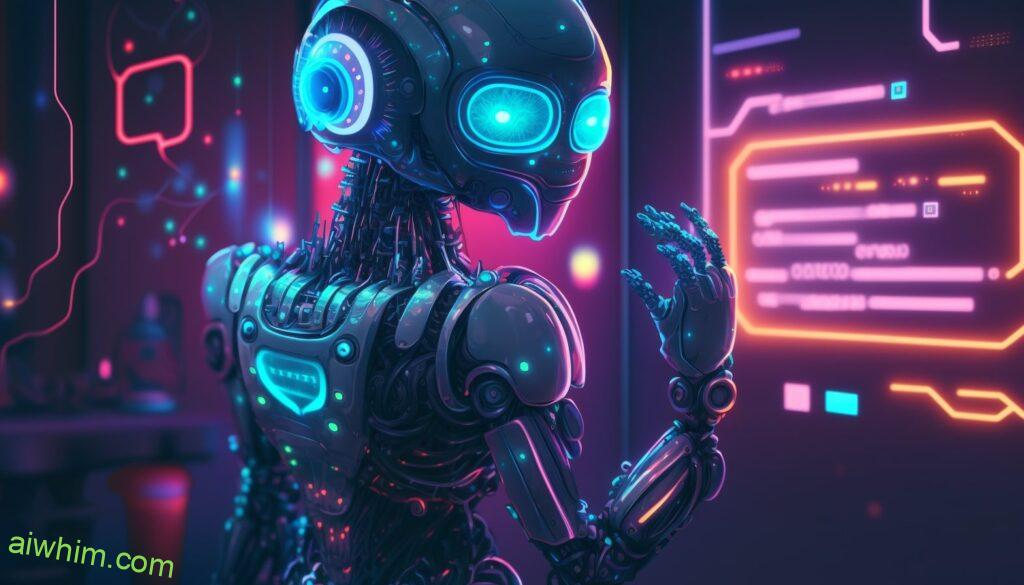
12. Usage Of Pre-programmed Phrases And Slang Terms
Another way to tell if you’re talking to a chatbot instead of a human is through the usage of preprogrammed phrases and slang terms. Chatbots typically use a limited set of language that they have been programmed with, which means they may not be able to understand or respond in kind when confronted with new words or phrasing. For instance, they may struggle to recognize commonly used colloquialisms like “bae,” “dope,” or even something as simple as an acronym like “LOL.” Additionally, chatbots are often programmed with certain stock phrases and responses that can make conversations seem robotic or unnatural—they might give off-topic replies, repeat themselves, answer questions without providing any meaningful information, or ask irrelevant follow-up questions. This lack of dynamic interaction can quickly become apparent during conversation.
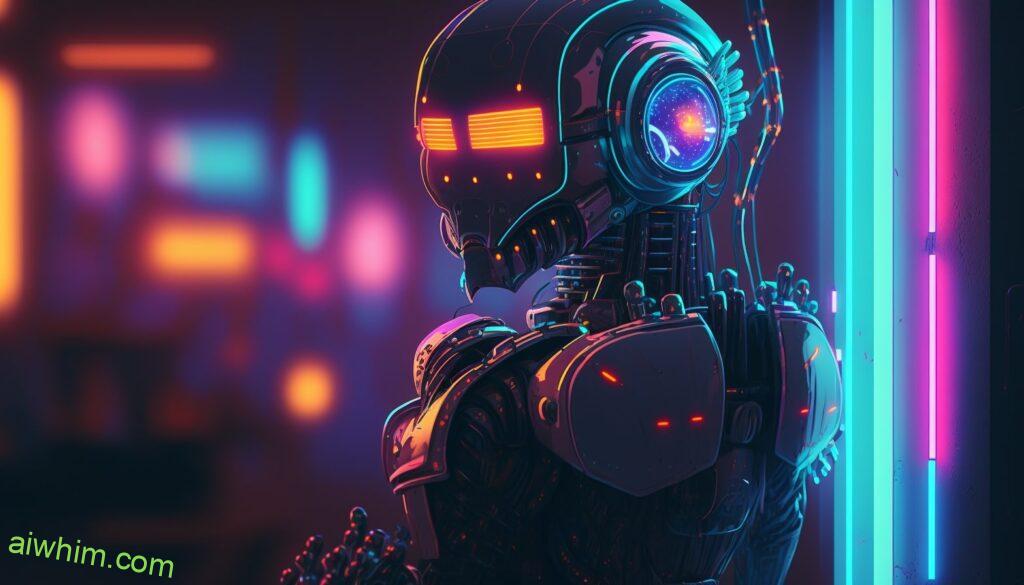
13. Overly Formal Language
Conversations with a chatbot are often like walking through a field of landmines. One misstep can quickly send an unwitting traveler down the wrong path. A telltale sign that you’re talking to a chatbot is when it responds to your questions with overly formal language. It’s as if you’ve stumbled onto the set of an old-timey movie, where everyone speaks in stiff dialogue and never uses contractions or pronouns.
Chatbots use this type of language because they lack human empathy. They don’t understand subtlety or nuance, so instead rely on rigid phrases that sound robotic and out-of-touch. This creates a barrier between the user and the bot, making it difficult for them to connect on any meaningful level. No matter how hard it tries, a chatbot will always struggle to understand us humans – just like we’ll never truly comprehend its mechanical logic.
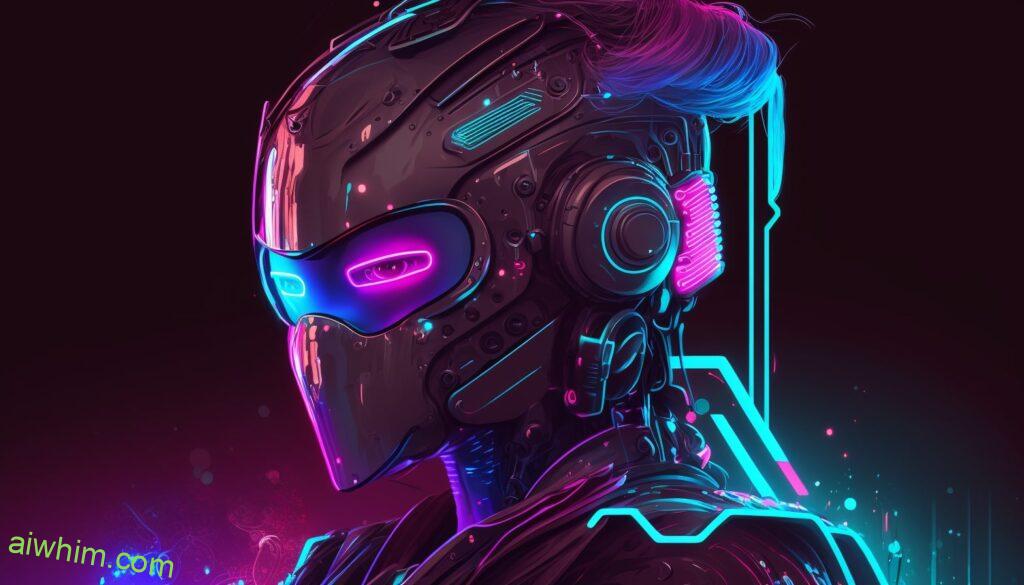
14. Unsolicited Service or Product Recommendations
Another way to tell if you’re talking to a chatbot instead of a human is through unsolicited product recommendations. Chatbots are programmed to recommend products or services that may not be relevant to the conversation. If the bot suddenly offers something for sale without prompting, then it’s likely a robotic response. A human would normally wait until asked before making such an offer.
Furthermore, when responding with product suggestions, bots also tend to use language that has been pre-programmed and lacks any personalization. Their responses often come off as scripted and impersonal rather than tailored specifically for the person they’re interacting with. You can recognize this by looking out for phrases like “We have great deals on X” or “Would you like me to send you more information?” These are signs that you might be dealing with artificial intelligence (AI).
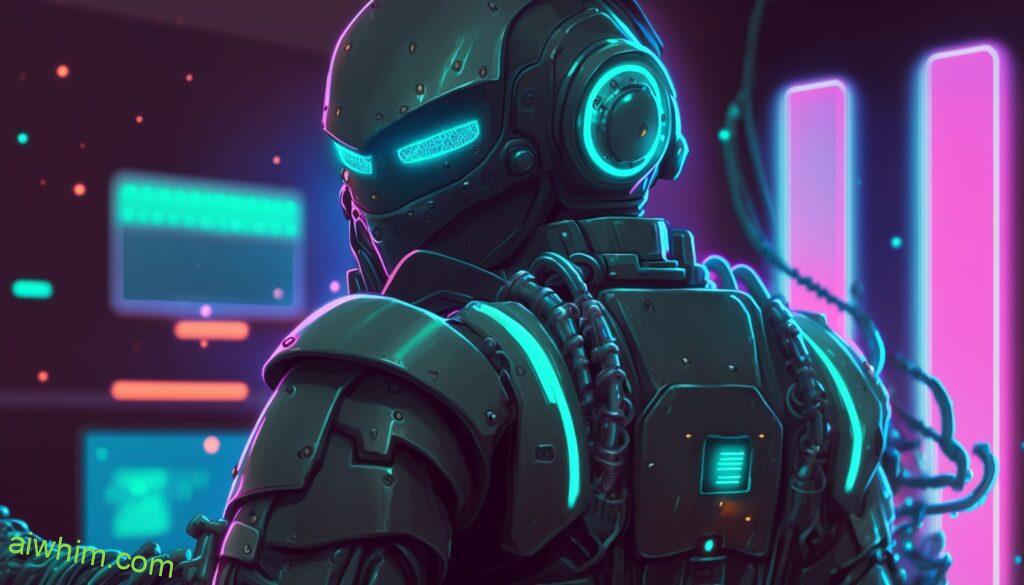
Conclusion
The ability of a chatbot to imitate human conversation has become so lifelike that it can be hard to tell the difference between a real person and an AI. It is important to recognize when you are talking with a bot in order to ensure that your conversations remain meaningful.
When conversing with someone, pay attention to unnatural speech patterns, non-organic responses, limited knowledge base, lack of emotional response or inability to handle multiple topics simultaneously as signs that you may not be speaking with a real person. Additionally, watch out for pre-programmed phrases and slang terms, overly formal language and unsolicited product recommendations — all indicators that you’re likely dealing with artificial intelligence instead of one of us humans.
To conclude, chatbots have come a long way from their early days and they continue to evolve rapidly; however, there will always be certain clues which give them away. I suggest paying close attention during interactions so we don’t miss the subtle hints revealing our conversation partner isn’t actually human after all!
Ole
Author: Ole Paulson
Author Bio: I’m Ole and on this website, I share everything there is to know about Artificial Intelligence, and useful tips for using AI to our advantage. I have a background in data science and research and have been following the AI-space for years. You can read more about me in the “About” page.

